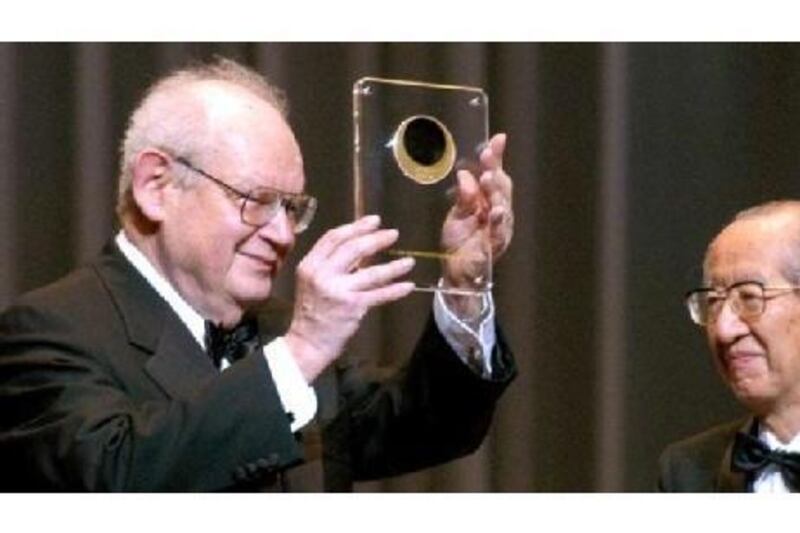The mathematical visionary Benoit Mandelbrot, who has died aged 85, was best known for his advances in geometry, but his theories would also have a significant impact on economics.
Known for his sharp tongue and geeky appearance - his magnifying-lens spectacles made him a cartoon mathematician for many - he was revered for the aesthetic beauty of his ideas and went to his grave denouncing the follies of capitalism.
A Polish Jew who escaped the Holocaust, Mandelbrot developed a theory of fractal (broken) dimensions that shed light on the geometry of nature. Where standard Euclidean geometry defines relationships in three-dimensional space, fractal geometry gives us access to the complexity and irregularity of natural surfaces and boundaries, such as clouds, coastlines and cauliflowers, which he explained in terms of "self-similarity", or the tendency to look the same at all scales.
A founding father of chaos theory, his ideas gained darker resonance when applied to markets. "The financiers of the world are like mariners who heed no weather warnings," he warned in 2004.
But he was also noted for his charm. "Being a language, mathematics may be used not only to inform but also to seduce," he said. That is certainly true of the beguiling beauty of the mathematical object that bears his name, the Mandelbrot set, where you can zoom in indefinitely - or at least to the limits of your computer's precision - revealing fantastic structures and patterns.
Mandelbrot also turned his insight upon himself. "For most of my life, the person most baffled by my work was myself. Yet, when I look back I see a pattern," he remarked.










